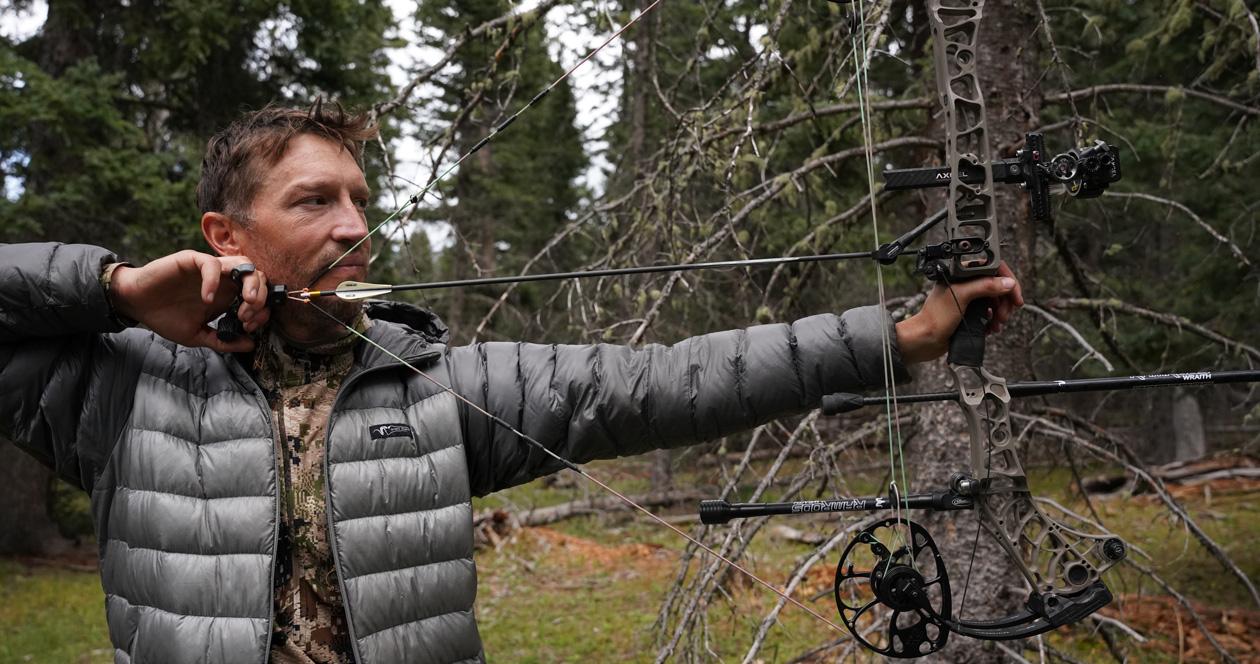





Summer is almost over, the kids are back in school and the nighttime temperatures are starting to feel slightly cooler in most of the lower 48. Another hunting season has snuck up on us and, for some, you may be unprepared to use that tag in your pocket; however, with some perseverance and dedication, you may not be too late. In this article, I will highlight my steps to prepare for a hunt — whether I am starting the preparation in February or August. Preparing for your hunt will increase your success rates, so take advantage of the opportunity and put in some work.
The number one step to prepare you for your fall hunt is to start using your weapon as much as possible. If you are not proficient with your weapon, why buy a tag, hike a mountain or waste your days off of work? If you are going to work hard to get close to an animal only to miss or wound it, you are doing yourself a disservice and, more importantly, doing the animal you are shooting at a disservice. If you are an archery hunter, finding ways to shoot your bow multiple times a week is essential to achieving an ethical kill of your game animal. Most animal encounters during archery season do not come with time to think about what you are doing. Instead, they tend to be more of an instinctual encounter where your body motions need to be second nature. This only comes with repetition. If you are a rifle hunter, you do not necessarily need to practice multiple times a week; however, I would consider going to the range once a week or a few times a month to make sure you know that your weapon is sighted in and you understand your limitations and effective shooting ranges. Most rifles can shoot hundreds or thousands of yards, but that does not mean most hunters should shoot at an animal at that distance. Hunters who rarely practice will struggle to hit an animal over 300 yards so if you plan on taking longer shots, practice is essential. If you want to be the most lethal version of yourself, it is crucial that you practice as much as possible before the season.
Though practicing my shot is my number one most important step in my preseason preparation, my second step of getting in fit physical shape is a close second. Getting in shape means different things to different people; however, I feel like the main thing you can do by working out is to get your body used to what I like to call “the suck.” Hunting out West is very physically demanding. You must deal with steep grades, loose terrain, less oxygen and tripping hazards like scrub brush, sage and downed timber. Combine all of these factors and know that if you are not used to pushing through the pain, you won’t enjoy your hunt and you’ll have a higher chance of getting injured and/or skipping days during your hunt because of this. When it comes to exercise, you don’t have to go to the gym.. Instead, try a simple weighted pack hike or timed run to help push your body into better physical shape. The secret to achieving this is consistency based on how much time you have until the season. If you have multiple months until your hunt, consistently working out, running, hiking or even speed walking two to three times a week may be enough to prepare your body for the season; however, if your hunt is in a month, you must push harder. If you have 30 days or less until your western hunt, then pushing your body five to six days a week is something I would advise if you want to maximize your hunt and your success rate. No matter what you choose, doing some is better than none. Doing as much as possible in the time you have available will only increase your success rates and reduce the likelihood of an injury in the mountains.
The third and final step needed to complete your preseason preparation is scouting. Of course, the best form of scouting is to put boots on the ground; however, if this is not possible, I suggest e-scouting using GOHUNT Maps. I use several techniques to e-scout. My primary goal is to find more complicated areas to access with water, food and cover. These areas typically mean fewer hunters and more game. Another highly overlooked e-scouting technique is familiarizing yourself with the road and trail systems before heading on your hunt. Over the past few years, before having detailed maps to look at, I have wasted days of my hunts driving roads or towards roads that are dead ends, shut down for hunting season or not accessible without an off-road vehicle. I have also wasted hikes because I didn’t understand the road system. One year I hiked back in nearly five miles, gaining 2,000’ of elevation only to find an ATV road that provided access to that “secrete drainage.” Use some couch time to become an expert in the area you are hunting before you arrive so you have better success.
Whether your hunt is in a month or six months, it is incredibly important to understand how your preparation can play a role in your success and that, in most cases, you're not too late. Use this article as your wake-up call and write down a plan for preseason shooting, workouts and scouting — and stick to your plan. If you do this, you will succeed better than if you didn’t take it seriously. Good luck this fall and good luck with your preseason work.